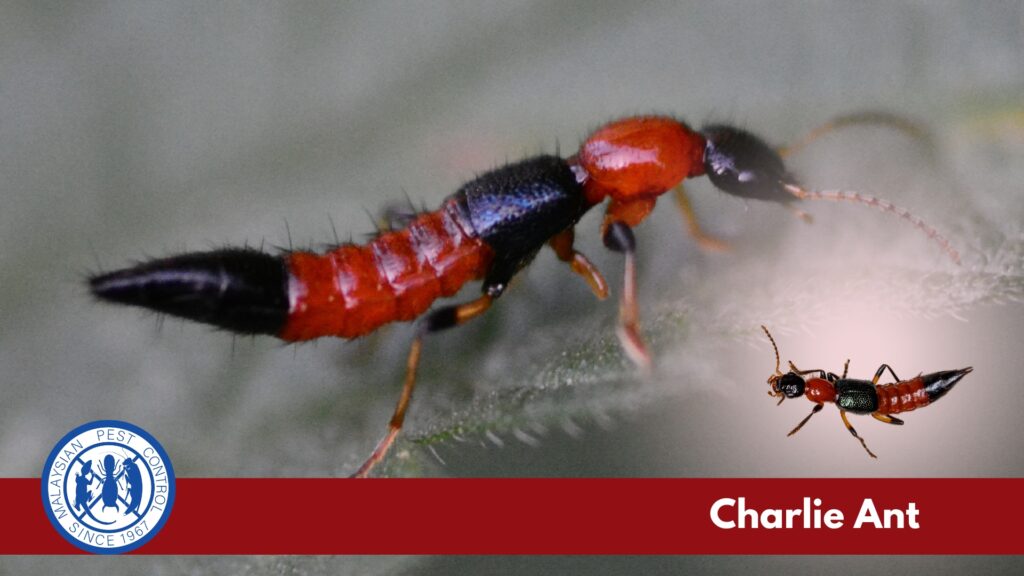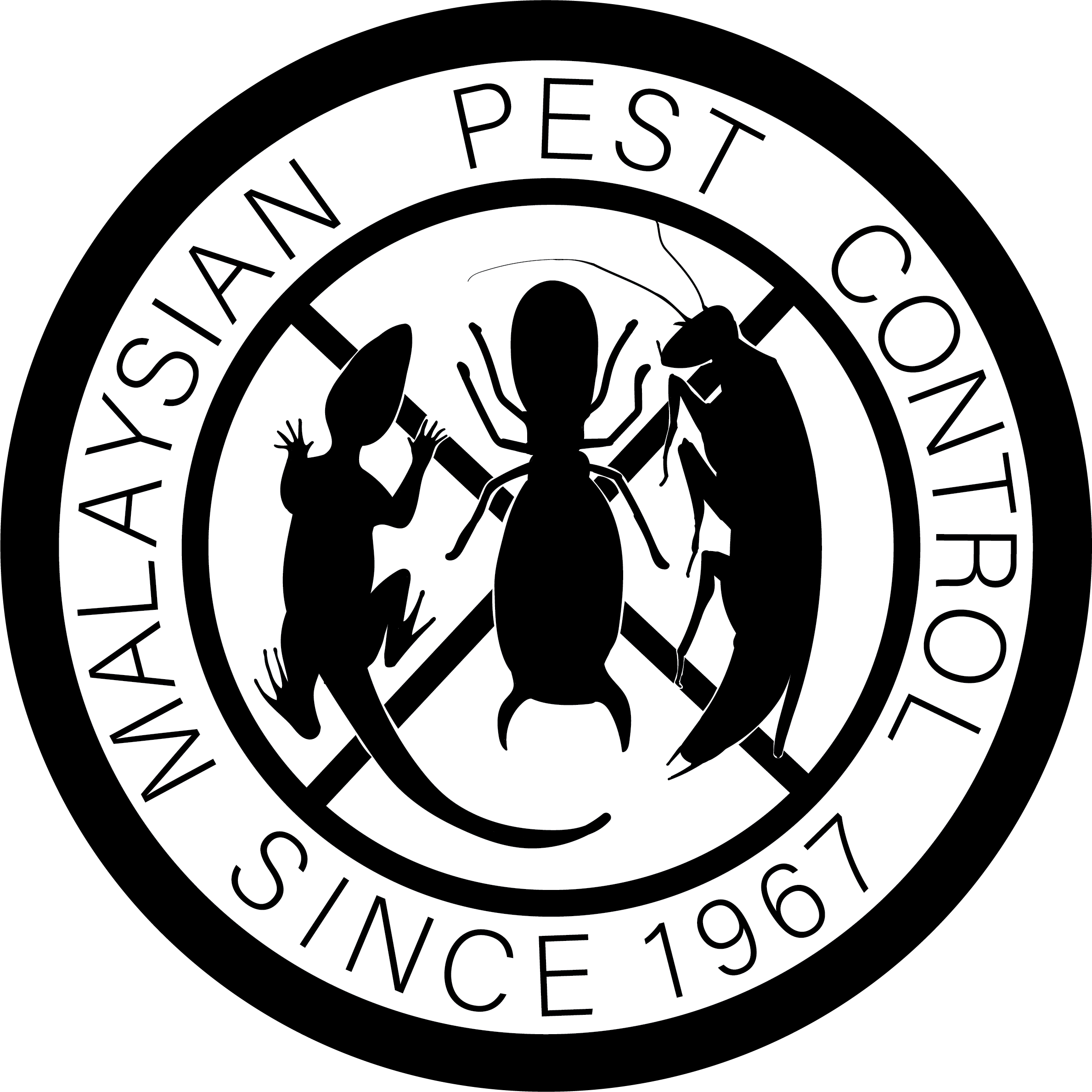About Charlie Ant

Despite the misleading name, Charlie Ants are not ants at all. These creatures, more accurately known as Rove Beetles and belonging to the Paederus genus, are a species of beetle that have garnered attention due to their unique appearance and behaviors. Characterized by their elongated bodies and striking orange and black coloration, these beetles range in size from 1 cm to 3.5 cm. Native to Malaysia among other regions, they have been mistakenly identified due to their ant-like appearance. However, these beetles are distinguished by their ability to fly and their distinctive color pattern.
Habitats and Behaviors
Charlie Ants thrive in moist environments such as agricultural lands, paddy fields, and gardens. Surprisingly, they are also common in urban settings like condominiums and apartments, attracted by artificial lights during the night. This behavior often leads them into homes, especially during the rainy season, which marks their peak activity period. Unlike ants, Charlie Ants do not form traditional nests but prefer living in decaying organic matter, under rocks, and amidst debris.
Biology and Lifecycle
- Egg Stage
- The lifecycle begins when a female lays her eggs in a protected environment, often within soil or decaying organic matter. These eggs are small and oval-shaped, designed to blend in with their surroundings to avoid detection by predators.
- Larva Stage
- Upon hatching, the larvae emerge, resembling miniature versions of the adult beetles but without wings. These larvae are voracious predators, feeding on small insects and organic debris. This stage is crucial for their growth, as they shed their skin multiple times (molting) as they grow.
- Pupa Stage
- After reaching a certain size, the larva enters the pupal stage, during which it undergoes a remarkable transformation. Encased in a pupal shell, the larva reorganizes its structure to emerge as an adult beetle. This stage is often hidden away in the soil or under debris, providing protection during this vulnerable time.
- Adult Stage
- The final stage is the adult beetle, characterized by its elongated body and distinctive orange and black coloring. Adults are capable of flight, which they use to find food, mates, and new habitats. The adult stage is when the beetle is most mobile and visible, often seen crawling on the ground or flying toward lights at night.
Health Risks and Safety Measures
While Charlie Ants are not directly aggressive, they pose health risks through the toxin pederin found in their bodies. This toxin, released upon crushing the beetle against the skin, can cause severe dermatitis, resulting in painful irritation, itching, and blistering. The Ministry of Health Malaysia advises against physical contact and suggests immediate washing with soap and water if exposure occurs.
Preventing and Managing Infestations
Preventing Charlie Ants from entering homes involves sealing entry points such as cracks around windows and doors, and reducing outdoor lighting that attracts them. Regularly removing decaying matter and maintaining clean surroundings can discourage their presence. If Charlie Ants are found indoors, it’s crucial to avoid physical contact and employ pest control measures to manage their population.
Treatment for Exposure
In case of exposure to Charlie Ant toxin, immediate action is recommended. Washing the affected area thoroughly with soap and water can minimize the toxin’s effects. Applying cold compresses, antihistamines, or aloe vera can alleviate symptoms. It’s important to monitor the condition and seek medical advice if severe reactions occur.




